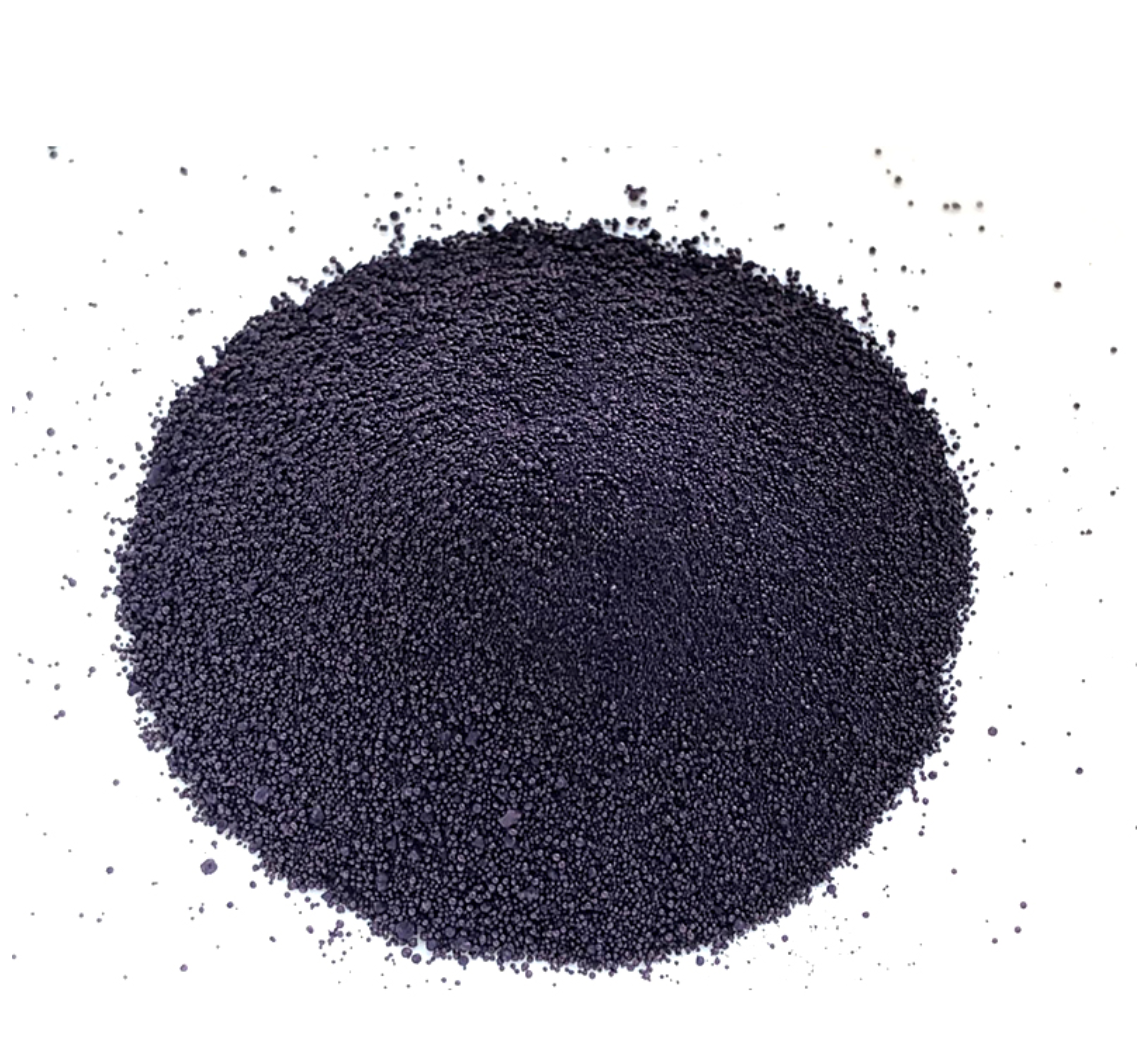wholesale indigo powder dye
The Versatility and Sustainability of Wholesale Indigo Powder Dye
Indigo powder dye, derived from the leaves of the indigo plant, has been used for centuries to create beautiful blue textiles. As one of the oldest dyes known to humanity, indigo carries a rich history and cultural significance across various civilizations. In recent years, the demand for wholesale indigo powder dye has surged, driven by a growing interest in sustainable and natural products in textile manufacturing, craft, and fashion industries. This article explores the versatility, benefits, and market of wholesale indigo powder dye.
Historical Significance and Cultural Impact
Indigo dyeing dates back over 6,000 years, with roots in ancient civilizations such as India, Egypt, and China. The process of extracting and fermenting indigo leaves to produce the dye was complex and labor-intensive. Historically, indigo dye has been a symbol of wealth, trade, and artistry. Traditional methods of indigo dyeing have been passed down through generations, showcasing the skills of artisan dyers. Today, this rich heritage continues to influence contemporary dyeing practices.
Versatility in Applications
One of the most noteworthy aspects of indigo powder dye is its versatility. While commonly associated with denim, indigo can be used on various fabrics, such as cotton, silk, linen, and wool. This adaptability makes it ideal for a broad spectrum of products, including clothing, home textiles, and artisanal crafts. Many designers and brands are rediscovering the charm of indigo dye, incorporating it into their collections to create unique patterns and styles.
Furthermore, indigo can be applied using multiple techniques, such as tie-dye, shibori, and batik, allowing for endless creative possibilities. The dye reacts with fabric in varied ways, resulting in a wide range of shades from deep navy to pale sky blue. This engagement with color variation excites both artists and consumers alike, paving the way for more intricate and personalized designs.
Environmental Benefits
wholesale indigo powder dye

The rise in the popularity of wholesale indigo powder dye can also be attributed to its environmental advantages. Unlike synthetic dyes, which often involve harmful chemicals and processes that can be detrimental to the environment, natural indigo has a lower ecological footprint. The indigo plant, which grows readily in many climates, can be cultivated without the use of synthetic fertilizers or pesticides, making it a more sustainable choice.
Moreover, indigo is biodegradable, meaning that it does not contribute to long-term pollution when discarded. As consumers become increasingly conscious of their environmental impact, many are turning to natural dyes as a more eco-friendly alternative. Brands that utilize indigo powder dye often highlight its sustainable properties, appealing to environmentally-minded purchasers.
The Wholesale Market
With the growing demand for natural and sustainable products, the wholesale market for indigo powder dye has expanded significantly. Manufacturers and suppliers now offer indigo dye sourced from various regions, including India, Japan, and Africa, each with its unique qualities and traditional methods. This globalization has not only enhanced the availability of indigo powder but has also fostered an appreciation for the diverse cultural legacies tied to the dye.
Retailers and designers who source wholesale indigo powder dye benefit from competitive pricing, bulk purchase opportunities, and the ability to meet market demands for both sustainable and high-quality products. Online marketplaces and specialized suppliers have made it easier for artisans, small businesses, and larger manufacturers to access indigo dye, facilitating the growth of the indigo dyeing resurgence.
Conclusion
In summary, wholesale indigo powder dye represents a harmonious blend of tradition, creativity, and sustainability. Its historical significance, versatility in application, environmental benefits, and expanding market make it a favored choice among artisans and brands alike. As the world becomes more focused on sustainability and ethical practices, the indigo dyeing tradition is primed for a resurgence, allowing both seasoned artisans and newcomers to explore its beauty and potential. Whether through vintage methods or modern innovations, indigo powder dye continues to weave its timeless allure into the fabric of our lives.
-
Explore Sustainable Indigo Manufacturing & Dye Industry Trends | Wuxin Indigo
NewsNov.24,2025
-
Discover Indigo On: Innovative Modular Solutions for Global Sustainability
NewsNov.24,2025
-
Explore Traditional & Sustainable Indigo Production in India | Eco-Friendly Dye Solutions
NewsNov.23,2025
-
Indigo Suppliers: Sustainable Dyeing Solutions for Global Textile Industry
NewsNov.23,2025
-
Instant Indigo – Fast, Eco-Friendly Indigo Dye Solutions for Modern Industry
NewsNov.22,2025
-
Japanese Indigo Cloth – Sustainable Tradition Meets Modern Textile Innovation
NewsNov.22,2025
-
Comprehensive Guide to How to Make Blue Dye – Sustainable & Practical Insights
NewsNov.22,2025

Sulphur Black
1.Name: sulphur black; Sulfur Black; Sulphur Black 1;
2.Structure formula:
3.Molecule formula: C6H4N2O5
4.CAS No.: 1326-82-5
5.HS code: 32041911
6.Product specification:Appearance:black phosphorus flakes; black liquid

Bromo Indigo; Vat Bromo-Indigo; C.I.Vat Blue 5
1.Name: Bromo indigo; Vat bromo-indigo; C.I.Vat blue 5;
2.Structure formula:
3.Molecule formula: C16H6Br4N2O2
4.CAS No.: 2475-31-2
5.HS code: 3204151000 6.Major usage and instruction: Be mainly used to dye cotton fabrics.

Indigo Blue Vat Blue
1.Name: indigo blue,vat blue 1,
2.Structure formula:
3.Molecule formula: C16H10N2O2
4.. CAS No.: 482-89-3
5.Molecule weight: 262.62
6.HS code: 3204151000
7.Major usage and instruction: Be mainly used to dye cotton fabrics.

